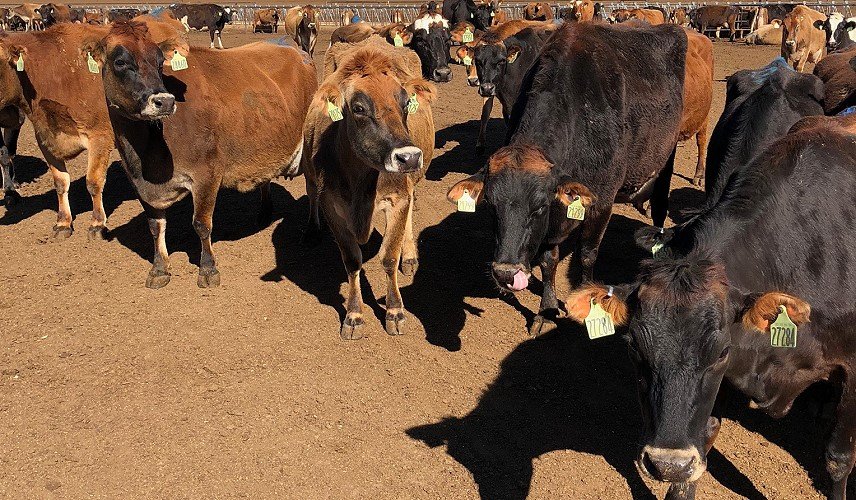Let’s start with some background on Aflatoxins and Mycotoxins —they are the byproduct of molds (fungi) that produce toxic metabolites in the feed given to animals. According to the World Health Organization (WHO) and the Food and Agriculture Organization (FAO) of the United Nations, 25% of the world’s crops are affected by Aflatoxins and Mycotoxins in a normal year.
Aflatoxins and Mycotoxins can be found in crops in the field prior to harvest. Post-harvest contamination can occur if crop drying is delayed or if, during storage, water is allowed to exceed levels for mold growth.
Whether in raw feed products or processed feeds, these fungi are present—the greatest concern is its presence in corn. Aflatoxin is also present in cotton seed on a regular basis. Aflatoxin-contaminated feeds in dairy rations have resulted in Aflatoxin M1-contaminated milk and milk products.
How do Aflatoxins and Mycotoxins-infected feed impact your animals?
Aflatoxins and Mycotoxins toxins can lead to various health-related problems, from hepatic disease, decreased milk production, recurrent infection due to immunity-suppression, embryo toxicity, and reduced conception rates. Aflatoxins and Mycotoxins are also known carcinogens in animals and humans.
In other words, losses to livestock and poultry producers include immune suppression and death. The sub clinical effects are reproductive losses, as well as production loss. Feed efficiency always suffers.
How do we moderate Aflatoxins and Mycotoxins contamination?
There are various ways to modify Aflatoxins and Mycotoxins toxins—from chemical treatment to chemisorbents. To help the end user, vets focus on feed additives as the easiest means available.
For Aflatoxin, a fairly recent approach is the use of inorganic sorbent materials (some organically certifiable), such as Hydrated Sodium Calcium Aluminosilicate (HSCAS—commonly referred to as Bentonite). This product can tightly bind and immobilize Aflatoxins, resulting in major reduction in Aflatoxins’ bioavailability.
On Mycotoxins in general, the hundreds of fungi seem to respond best to the inclusion of yeast extract or yeast cell wall. This product is feed for component mannan oligosaccharides (MOS) and beta glucans. Research has shown immune boost and recuperative properties. The better additives like Emenda include microbials to compete/bind these toxins as well.
When looking for additives like Emenda, since Aflatoxins and Mycotoxins binder is not an approved term, look for products with yeast extract, HSCAS (Hydrated Sodium Calcium Aluminosilicate), Bentonite, or microbials. Many of these products are referred to as “Flow agents” because of the inclusion of Bentonite.
References
Cornell University Department of Animal Science (2018). Aflatoxins: Occurrence and Health Risks. Available at https://poisonousplants.ansci.cornell.edu/toxicagents/aflatoxin/aflatoxin.html
World Health Organization (2018). Mycotoxins. Available at https://www.who.int/news-room/fact-sheets/detail/mycotoxins

